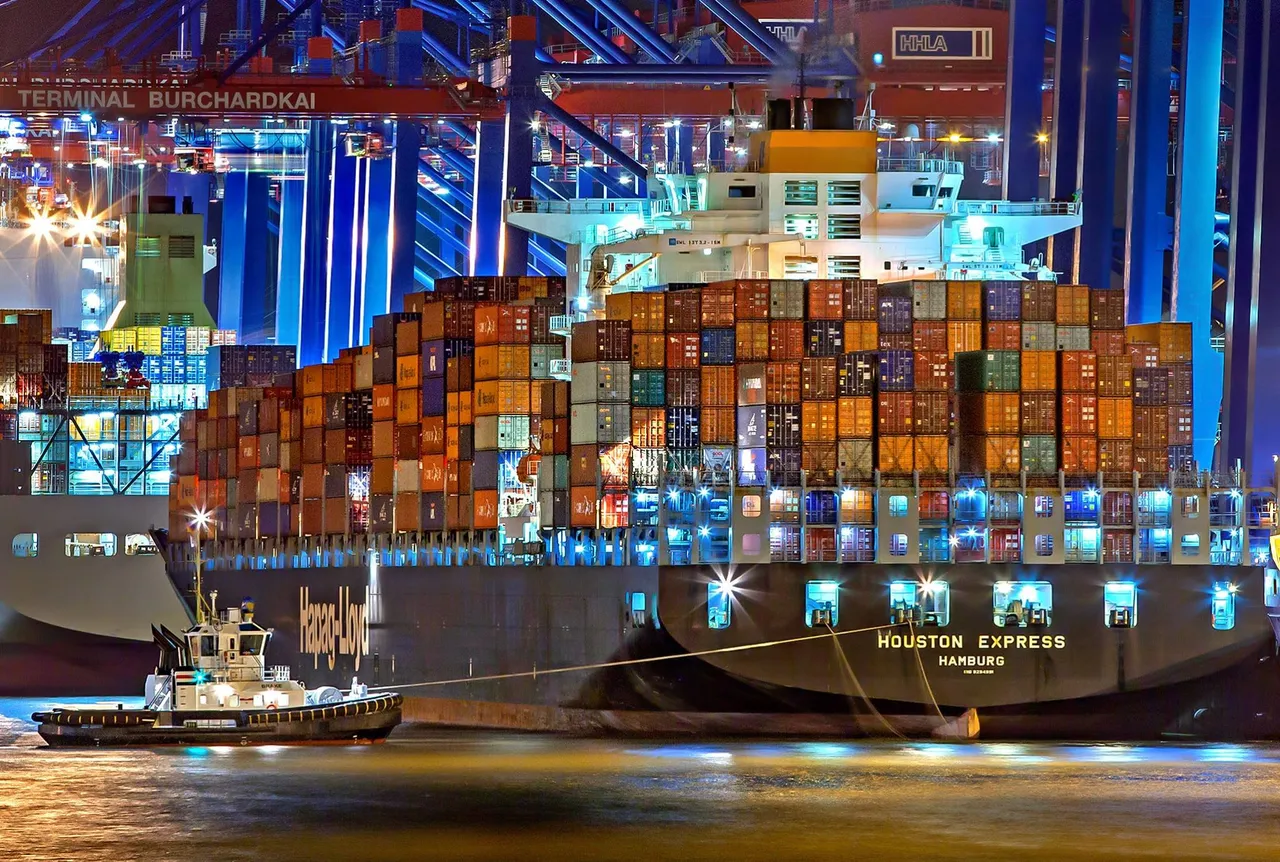
The history of sea container shipping
For shipping of containers, the use of blockchain can be considered a second revolution. The first was the idea that cargo could be placed in standard-size containers and transported on ships.
This approach was invented by Malcolm Purcell McLean in the 50s of the last century. In 1956, he used a converted tanker to transport 58 containers.
Some problems of the industry
Over the past half century, container transportation has become one of the leading logistics industries. As the coverage of this type of transport has expanded, problems Dating back to the last century have become increasingly apparent.
These include archaic document flow based on paper carriers and e-mail. This involves a large number of staff involved in the negotiation of conditions and ensuring communication between market participants. But this doesn’t exclude delays in receiving information about any events with containers (delivery, overload or loss). Sometimes the delay is as much as 36 hours.
The lack of real-time tracking of containers would correct this situation, but it has not yet been implemented.
Another urgent issue is the transportation of empty containers to the place of loading. For container owners, this translates into $3–5 billion in annual losses.
Blockshipping GSCP Platform Ecosystem

Blockshipping ApS from Denmark has developed a blockchain platform for sea container transportation-Global Shared Container Platform.
According to the team, the introduction of new technology will save about $ 6 billion.
Global Shared Container Platform Goals
The main tasks of Blockshipping is the transfer of sea container transportation to new technologies:
- using the blockchain for maintaining a distributed registry;
- the application of smart contracts to automate the transaction between the parties;
- equipment of containers with location tracking system;
- in the future, the modernization of ports to the level of smart ports, with a high degree of automation and information exchange.
This will reduce the costs of shipping companies, and, as a result, reduce tariffs for shippers. It will also increase the safety of cargo transportation by increasing transparency and ensuring online tracking.
How Blockshipping GSCP works
The blockchain is used to record all transactions between participants: carriers, ports, terminals, transport companies.
The system uses two types of cryptocurrency tokens: Container Platform Token (CPT) - utility-token for internal transactions between participants and payment of all fees for services provided by GSCP; Container Crypto Coin (CCC) - external yield token.
Each of them uses its own blockchain.
- CPT is an ERC20 smart contract that runs in a private chain created based on the Coco Framework (Intel + Microsoft).
1 CPT is the equivalent of $1. The number of tokens depends on the total amount of dollars entered into the system. When exchanging dollars for internal tokens - CPT are created, when withdrawing dollars-they are burned.
For all operations, the system takes a fee. Initially, 20% of GSCP earnings will be paid to holders of external tokens. As the platform's revenue grows, the rate will decrease. - Container Crypto Coin uses the Ethereum blockchain. An external token is required to Finance the development of the platform, creation and operation of its software. CCC will be freely sold on cryptocurrency exchanges. Those who own more than 100 CCC can expect to receive a reward.
ICO Details
The project is already funded by funds and business- angels, but to accelerate its launch, the team decided to hold an open distribution of tokens. Only CCC is sold on ICO.
Bitcoin and Ethereum are accepted as payment. The price for the token in dollars is 1 CCC = $0.62. In total, it is planned to collect 24 800 000 dollars .

Conclusion
The implementation of Blockshiping GSCP promises all participants to increase efficiency and reduce costs, simplify payments and save capacity.
Blockshiping sets ambitious goals:
- for 3–4 years to cover about 60% of the industry;
- for 2 years to become the basis for operational payments of the entire container fleet;
- be the first IoT platform in in shipping.
The project is supported by international funds and is created by an experienced team, so the platform will be implemented and in demand, and tokens will grow in price.
More details can be found on the links below:
Official Website:https://www.blockshipping.io
Telegram: https://t.me/joinchat/HWi2Gw9VvUw1U5lZObNS2w
Twitter: https://twitter.com/Blockshipping
Medium: https://medium.com/@Blockshipping
ANN Thread: https://bitcointalk.org/index.php?topic=3043786.msg31330662